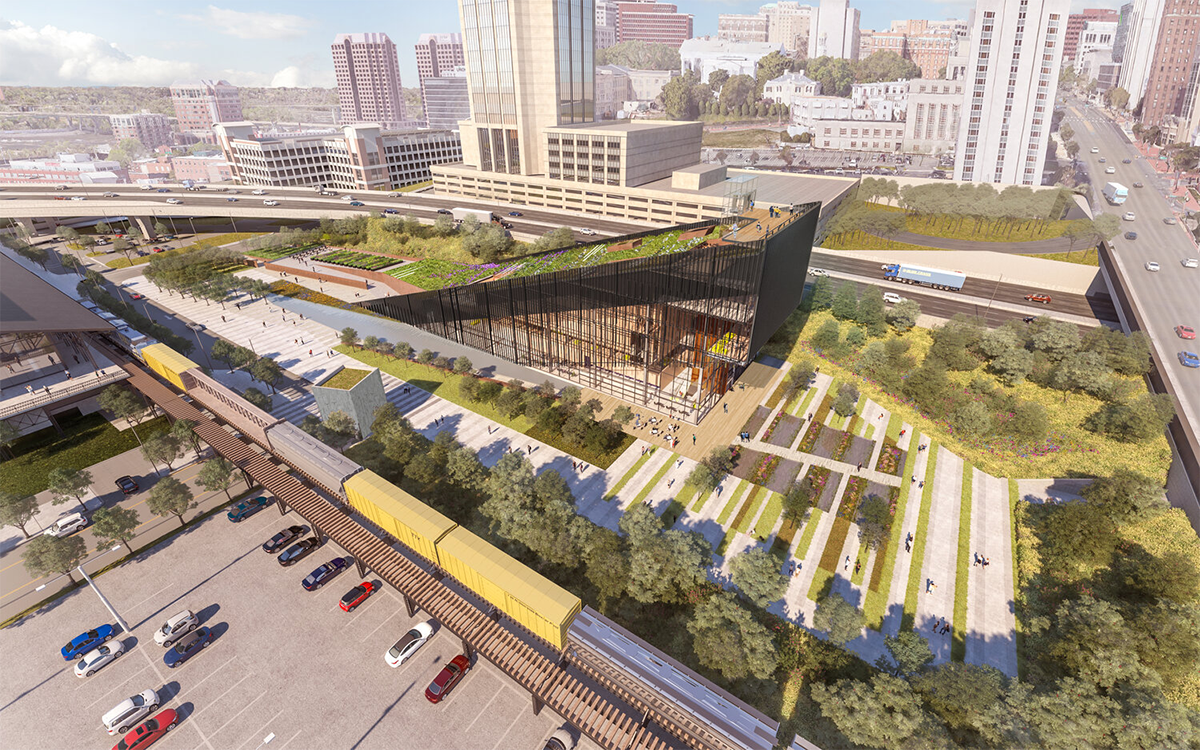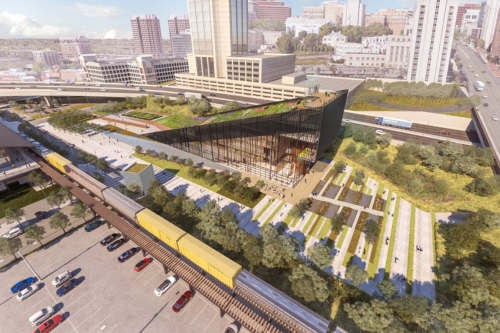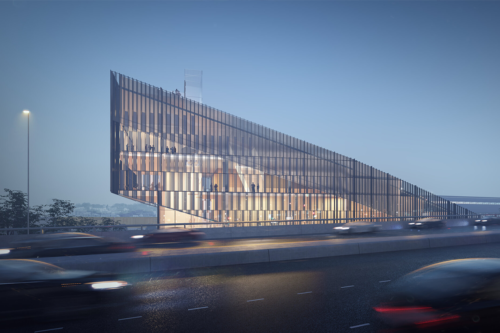Every February since the 1970s, Black History Month has been observed nationwide. It is a time for reflecting on the struggles of Black people in America, and recognizing their many accomplishments, contributions, and innovations. Black History Month is also a celebration of victory over the many oppressive institutions and practices that have shaped American history. In recent years, however, Americans have become more aware of forms of discrimination that remain in place—of how slavery, segregation, and racism have echoed through time and influenced our social system. While there are many great Black figures and movements for Americans to honor each February, sometimes it is the most despicable part of our national history that is the most important, and difficult, to discuss.
This is why the realization of a National Museum of Slavery in Richmond would be so significant for our city, commonwealth, and nation. The institution of slavery began in the English colonies over a century and a half before the United States was formed. The first enslaved Africans arrived in Virginia, which became a center of slave trading and forced labor. By the start of the Civil War, there were more enslaved people living in Virginia than in any other state, and Richmond was the nation’s second largest market for the enslaved after New Orleans. From the era of reconstruction, through massive resistance and the civil rights movement, to the persistent inequalities of the present, the legacy of slavery has shaped Richmond profoundly. No city in the nation is more in need of a critical confrontation with its past.
A group of historians, designers, and civic leaders have assembled a plan for how Richmond can fulfill this need for historical recognition. It proposes a new National Museum of Slavery in Shockoe Bottom on the site of the former Lumpkin’s Slave Jail—a notorious center for the holding and sale of enslaved people. The museum would include exhibits, educational spaces, indoor and outdoor areas for events, and a contemplative garden. The site is adjacent to Main Street Station and Interstate 95, making it visible and accessible to visitors from Virginia, Washington DC, and beyond.
Locating this institution east of Downtown is also significant, as many of the city’s other historical and cultural institutions lie in the predominantly white neighborhoods to the west. The museum would be a major social and economic investment in Shockoe Bottom. The preliminary design, led by architects Smith Group of Washington DC and landscape architect Mikyoung Kim of Boston, suggests the museum will be a significant architectural addition to the city as well. The project website shows more details about the museum program, site, and design.
Despite statements of support from local leaders, the fate of the museum is still uncertain. The Richmond City Council recently allocated $1.3 million to advance the plan and fundraising efforts for the museum. Now it is up to local institutions, corporations, and philanthropists to support this important work.
In the tumult that followed the murder of George Floyd, Black Lives Matter and associated social movements have helped to expand the conversation about racism in America. With so many other crises occupying the news and our attention, we must not allow these discussions to subside, or to be relegated to a single month of the year. Building an enduring institution to examine the legacy of slavery is critical if we are to learn from history and chart a brighter future for Richmond.
Don O’Keefe
Image courtesy of Lumpkin’s Slave Jail Site / Devil’s Half Acre Project.
https://www.lumpkinsjail.org/





Write a Comment